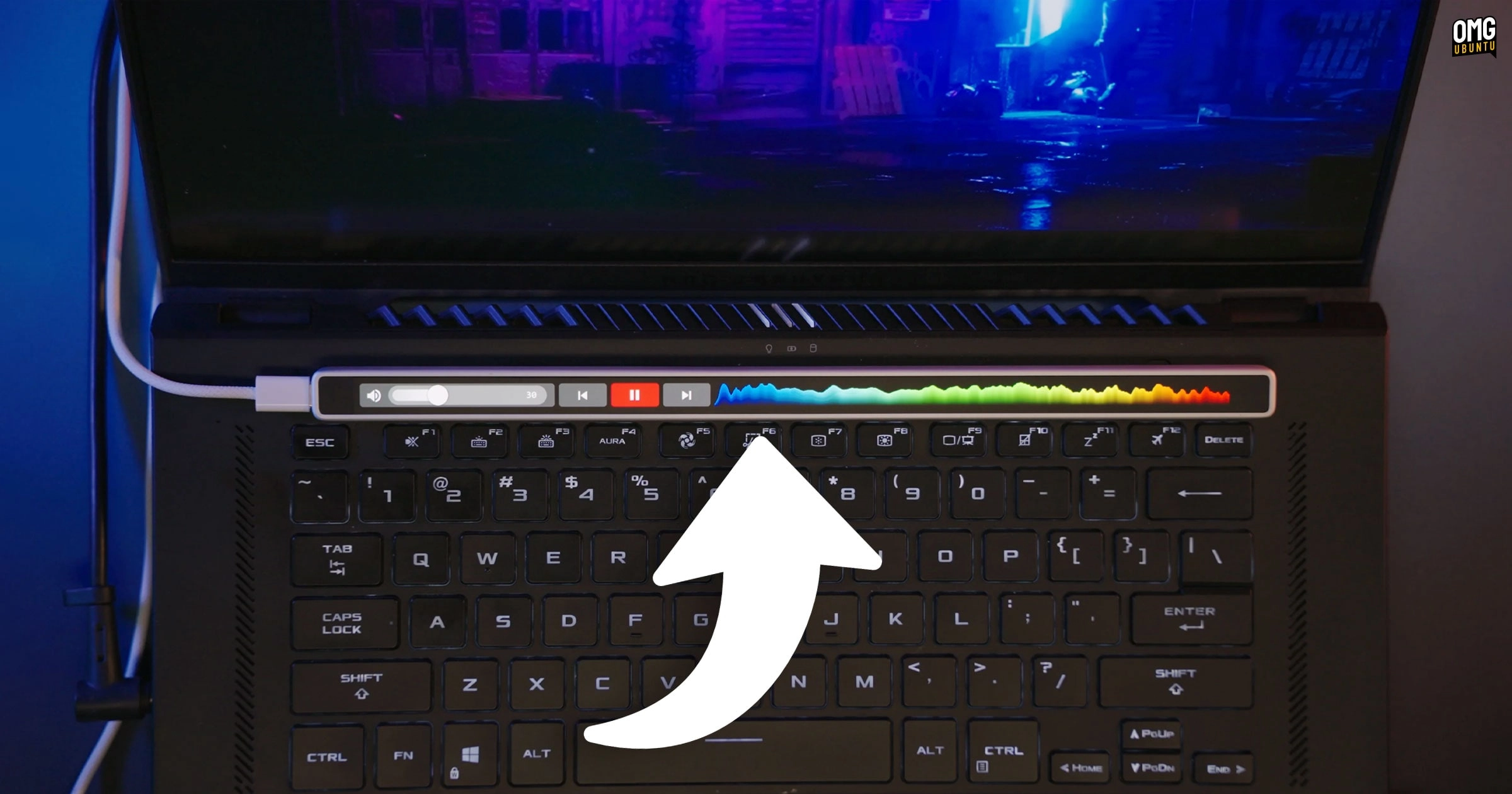Hearing about the Linux 6.15 kernel’s support for the MacBook Touch Bar reminded me of the Flexbar crowdfunding campaign from late last year. The Flexbar is a USB-powered peripheral modeled after Apple’s discontinued touchscreen strip, designed to function as a standalone device compatible with any laptop, PC, tablet, or smartphone.
Initially, I was skeptical about the campaign. The target funding goal of only $2,000 raised concerns about whether it was realistic to cover the costs of production and development. Crowdfunding campaigns with low goals can often seem dubious, especially for innovative products with specialized requirements.
However, despite my reservations, ENIAC, the team behind Flexbar, successfully built, shipped, and delivered the device, even adding ongoing support and updates to both its software and firmware. Recently, they announced the addition of Linux support, which, while hinted at during the crowdfunding phase, was not guaranteed.
Users can now download the Flex Designer software on Linux as an AppImage, allowing them to configure the device and update its firmware. The community hub, Flex Gate, where users can share presets and plugins, currently lacks Linux-specific resources, but it’s still in the early stages of the product.
For those who missed the crowdfunding campaign, ENIAC now sells the Flexbar directly. While it comes at a higher price point compared to existing control decks like Elgato’s Stream Deck, many backers have reported high build quality. However, some users have experienced issues with functionality or found the configuration software lacking. There are also concerns regarding security flags raised by Windows regarding the app’s keylogging capabilities.
In summary, while I approached the Flexbar with caution, it’s evident that the team has not only delivered on their promise but has also expanded their support beyond initial expectations.
